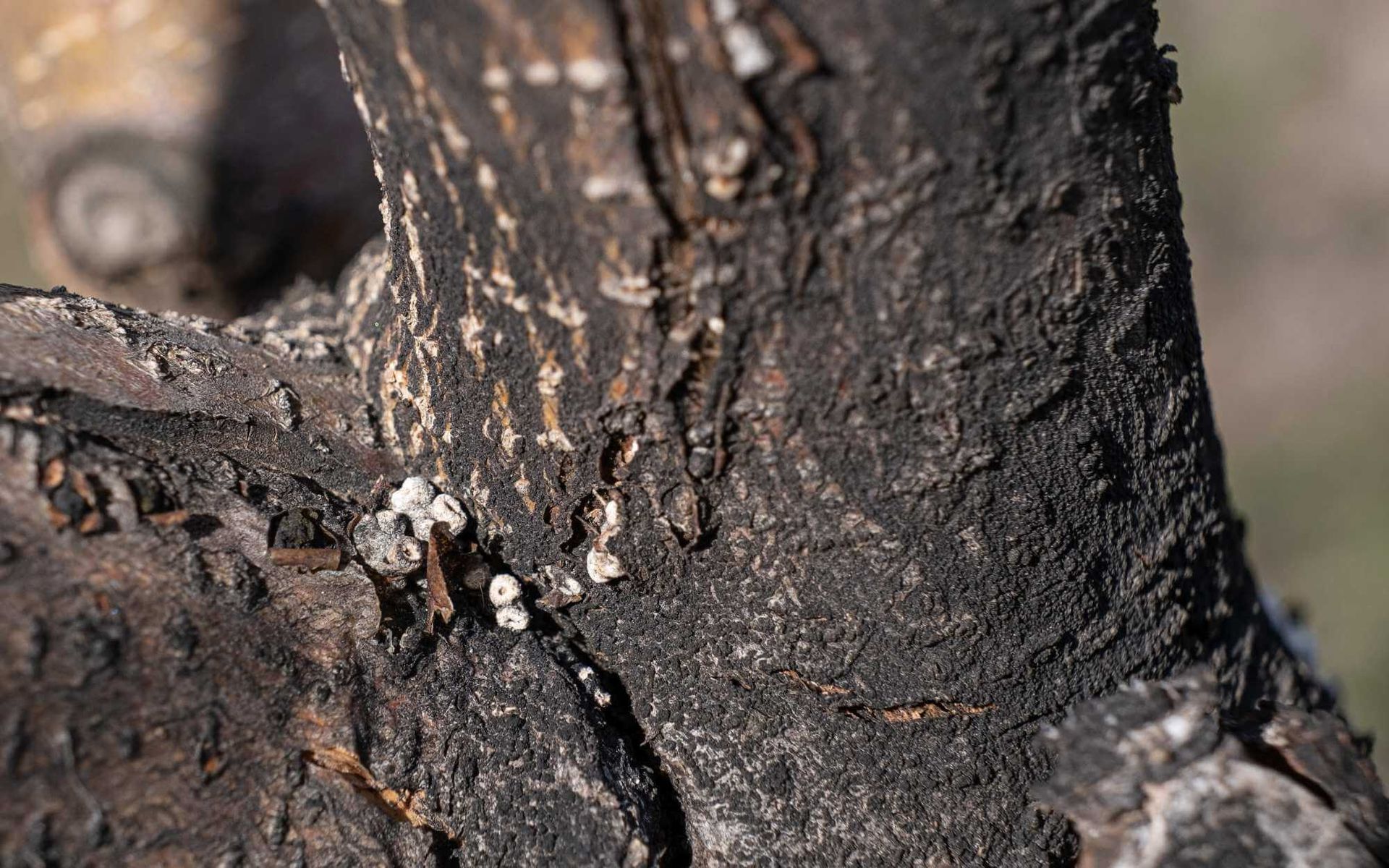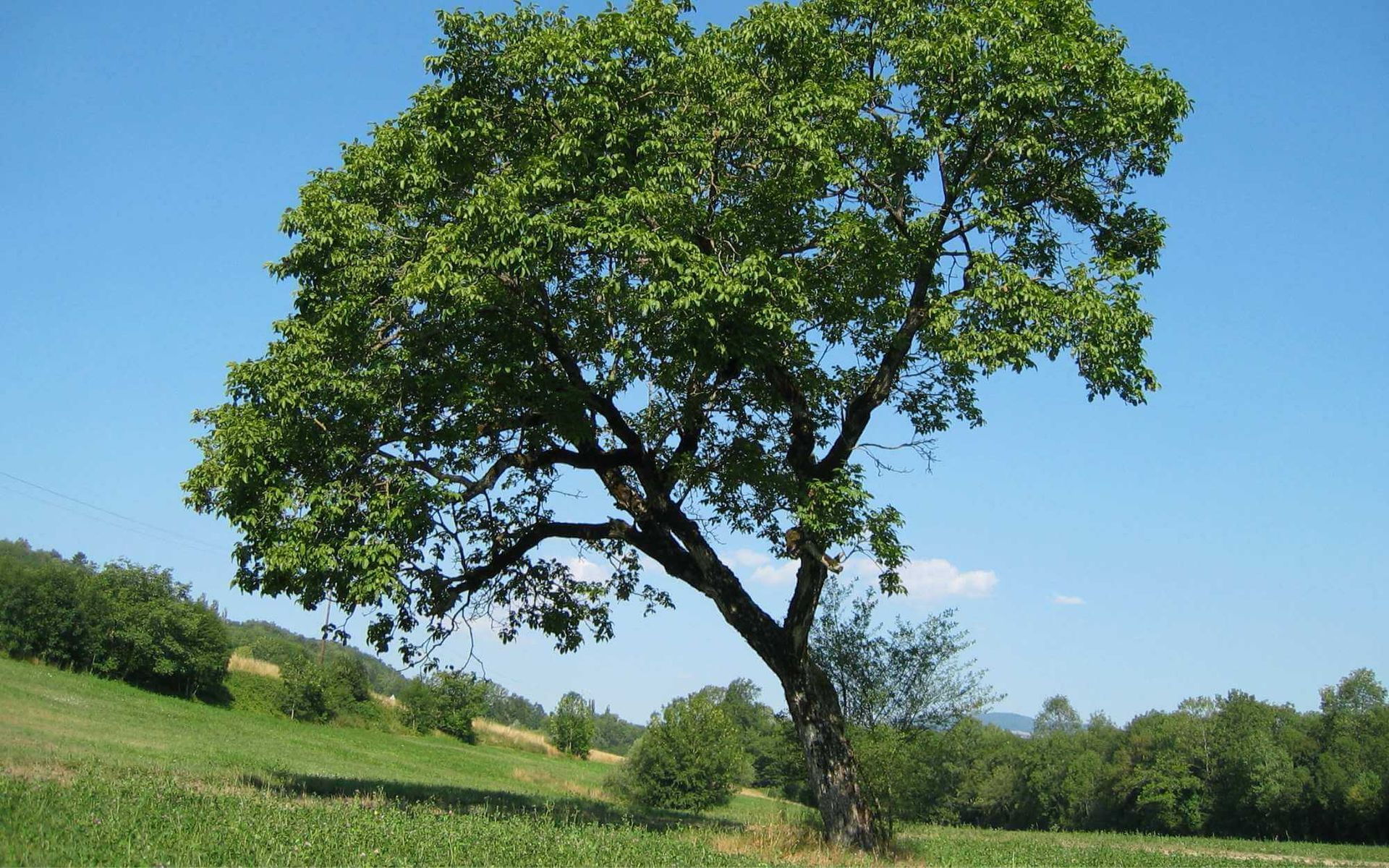A Guide to Spotting Dangerous Trees on Your Property
PUBLISHED ON
SHARE THIS ARTICLE

Looking out over your property, you may enjoy the tranquil beauty of towering trees. But hidden within these natural beauties can be significant dangers.
The old, decaying tree in your backyard might seem harmless, yet it can pose a genuine risk to your property and safety. A sudden storm could send branches crashing down on your home, vehicle, or worse, a loved one. Hence, recognizing potentially dangerous trees is a vital skill for any homeowner.
Stick around as we delve into identifying these potential tree hazards right in your backyard.
Common Signs of Dangerous Trees

If you're a diligent homeowner, you've already hired an arborist to come in and inspect your property at least once a year. However, it's essential to keep an eye out for any warning signs that may arise between inspections.
Some common signs of a dangerous tree include:
- Leaning Trees: If a tree is leaning more than 15 degrees from vertical, it might be in danger of falling.
- Cracked or Damaged Trunks: Large cracks, splits, or wounds on a tree's trunk are indicators of internal decay and structural weakness.
- Dead Branches: Dead branches can fall at any time, making them a significant risk to anyone standing beneath the tree.
- Overhanging Branches: Mature trees with branches hanging over your home, driveway, or walkways are accidents waiting to happen during severe weather.
- Excessive Foliage Loss: If you notice a significant loss of leaves or other foliage on a tree, it could be due to disease or decay.
- Fungal Growth: Fungi growing at the base of a tree or on its trunk can be a sign of internal decay.
- Root Damage: Damage to tree roots, whether from construction work, soil erosion, or disease, are at risk of falling over.
Potential Risks and Hazards
A hazardous tree poses a significant threat to property and structures.
Damage to property or structures: Falling trees or branches can cause extensive damage to homes, vehicles, fences, and other structures on your property. This tree damage can be expensive to repair and may even result in injuries.
Health and safety risks to humans and pets: In addition to causing property damage, falling branches or trees can also pose serious health and safety hazards. They can strike individuals walking beneath or near the tree, causing severe injuries or even fatalities. Pets can also be at risk of injury from falling debris.
Impact on neighboring properties and public spaces: Hazard trees can also impact your neighbors' homes and public spaces. Falling branches or trees can damage neighboring structures, vehicles, and even power lines, resulting in widespread power outages.
Steps to Assess and Manage Dangerous Trees
To ensure the safety of your property and loved ones, it's essential to regularly assess and manage any potentially dangerous trees on your property. Here are some steps you can take:
- Regular inspection and observation: Keep an eye out for any warning signs of dangerous trees, such as those listed above. Regularly check your property for leaning or damaged trees.
- Consulting with professional tree care services: If you notice any potential hazards, consult with an arborist or tree expert. They can assess the situation and recommend appropriate actions.
- Tree removal: In some cases, removing the entire tree may be necessary to eliminate the risk of potential hazards.
Preventive Measures for Homeowner Tree Safety
You can also take preventative measures to reduce the risk of potential hazards from trees on your property. These include:
- Tree pruning: Regular pruning can help maintain healthy trees and prevent dead branches from falling.
- Cabling and bracing: For trees with structural defects, cabling and bracing can provide additional support and stability.
- Soil aeration and fertilization: Proper soil aeration and fertilization can help keep tree health and reduce the risk of root damage.
- Planting appropriate tree species: When planting new trees, make sure to choose species that are suitable for your climate and property. Avoid planting large or fast-growing trees near structures or power lines.
Tree Hazard Identification Made Easy for Your Safety
Trees may be a beautiful addition to your property, but they can also pose significant risks if not properly maintained. If you stay vigilant and take the necessary steps to assess and manage potential hazards, you can enjoy the beauty of your trees without worrying about safety risks.
Remember, when in doubt, always consult with our
trusted tree care professionals for advice on handling dangerous trees. Stay safe and happy tree-spotting!
Want a free quote or some friendly advice? Call our team today:






